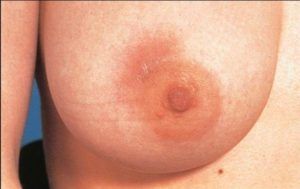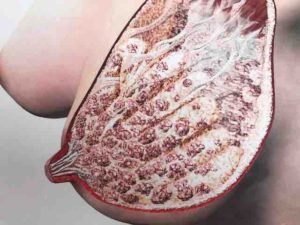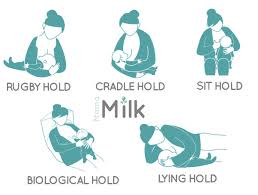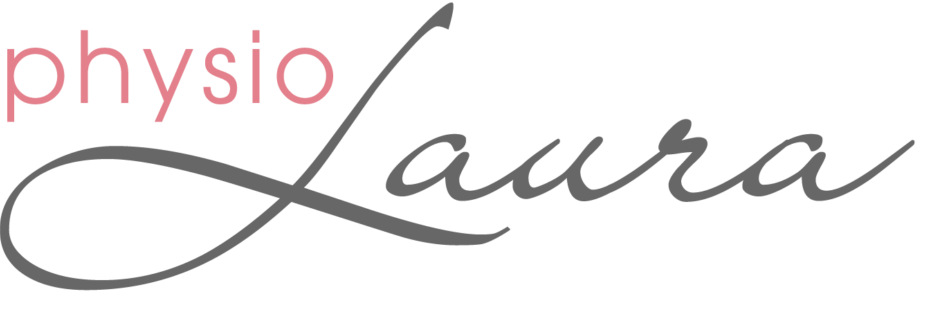Mastitis is such a pain in the boobs
Early intervention for mastitis is key to preventing chronic breast issues and resuming pain-free feeding as early as possible.
What is mastitis?
Mastitis is inflammation of the breast tissue (also translated as “milk fever”)
It can occur from the blockage of milk ducts, either because of compression to the breast or milk stasis/breast engorgement (ie. over-filled boobs which need to empty but aren’t!)
It may also occur because of introduction of bacteria through damaged/cracked nipples.
A red, painful or hard lump is usually the first sign of a blockage.
If this inflamed area then becomes infected you may experience flu-like symptoms.
Not all mastitis conditions are infective (some are just inflammatory) and therefore not all patients will require antibiotics.

Image of mastitis via Natural Health News
Mastitis symptoms could look like…
- Tender and painful breasts
- Hot or red area of breast tissue
- Swollen section of the breast
- Hard palpable lump in the breast
- Body temperature > 38.5 degrees
- Body chills
- Fever- like symptoms
Why do some women get mastitis?
- Delaying or missing feeds can cause the breast to become engorged. Milk stasis (stagnant milk sitting in the breast rather than flowing through and emptying) can then lead to inflammation.
- Wearing tight bras/clothing can cause compression of the milk ducts and affect milk flow. The milk ducts are very sensitive and collapse under pressure quite easily.
- Nipple damage can allow bacteria to enter into the breast tissue and cause infection.
- Poor attachment can lead to poor emptying of the breasts and possible nipple damage.

Can we all just take a moment to appreciate how amazing the breast anatomy is!
![]()
I think I might have mastitis. What should I do?!
- Feed often from the affected breast. Commonly women will avoid feeding once they have mastitis, but this can make the symptoms worse. It is important to drain that breast to help “clear” the blockage. Women may worry that their milk is “bad” if their breast is inflamed but rest assured the milk is perfectly fine.
- Relax. Deep breathing and relaxation will assist the “let down” reflex which will ensure the breast is draining well. Try to get into a comfortable position where you can rest your neck and shoulders. Listen to some relaxing music. Slow your breathing down.
- Apply warmth to the breast before a feed to help with milk flow and drainage. You could try a small warm pack or run a towel under warm water.
- Apply cold to the breast after a feed to help with pain and inflammation. You could try a small ice pack, cold cabbage leaves or run a towel under cold water.
- Change breastfeeding positions to help drain the blocked duct. For example…if the blockage is above the nipple you could try feeding on all fours. If the blockage is on the right side of the breast you could try feeding on your left side. Make sure whatever position you are in, your shoulders and neck are relaxed.
- Gentle massage towards the nipple whilst feeding can help to improve drainage. When you are NOT feeding, gentle massage away from the nipple and towards the armpit can help to remove inflammatory fluid. Remember that milk ducts are very fragile, so ensure the massage is extremely gentle, you should only need to apply light fingertip pressure.
- Medication and further therapy. You may need to see a professional if it doesn’t resolve after 24 hours.

Different feeding positions to try. Image via mama-milk.co.uk
Should I see a health professional?
YES! Book in to see a…
- Women’s Health Physiotherapist can help with settling your pain and inflammation. We are trained to use ultrasound therapy, manual lymphatic drainage and support taping to reduce inflammation. We will also teach you to self massage, position yourself correctly whilst feeding and give advice about expressing and pumping if necessary.
- Doctor/GP will prescribe you with anti-biotics if it is likely that you have infective mastitis. They can also refer you for further scans and tests if they suspect you might have a breast abscess or other breast complications such as nipple vasospasm or nipple thrush.
- Lactation consultant will help you with both mother and baby positioning and assess whether there are any latching and attachment issues.
How can I prevent mastitis?
- Try not to delay or skip feeds. Wake your baby for a feed if your breasts are engorged, otherwise express if possible to let the pressure down.
- Avoid wearing tight bras/compressive clothing. Get fitted correctly for a soft (wire-free) maternity bra which doesn’t dig in.
- Stay hydrated and relaxed
Our aim is to REDUCE PAIN… AND DRAIN, DRAIN, DRAIN.
Breastfeeding is like wearing in a new pair of shoes…it may be sore and uncomfortable initially but you will settle in.
However…Mastitis is different!
If you have tried all of this advice and are still suffering after 24 hours, make sure you get an appointment with a healthcare professional ASAP.
Early intervention is key!
For more information you might like to check out…
xo Physio Laura
